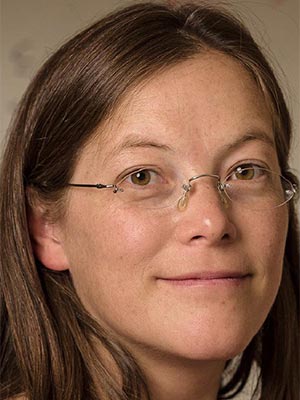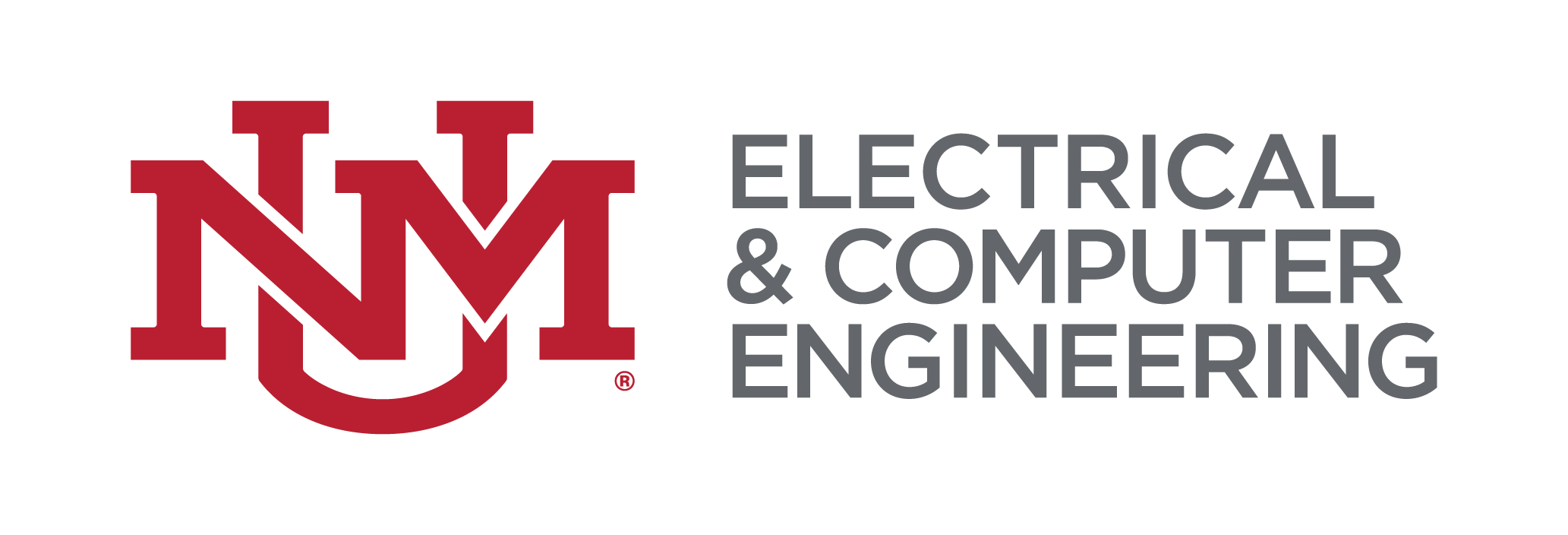Recent News
December 5 Seminar: Sal Portillo
December 3, 2025
November 21 Seminar: Jim Aarestad
November 19, 2025
November 14 seminar: Manel Martínez-Ramón
November 12, 2025
November 7 seminar: Bradley Ratliff
November 5, 2025
News Archives
Oishi $5.5M NSF Grant Project Focuses on Human and Autonomous Tech Interaction
October 30, 2019

ECE Assoc. Prof. Meeko Oishi is leading a multi-institutional 5-year, $5.5 million project funded by the National Science Foundation through the Cyber-Physical Systems (CPS) program.
Oishi's project will seek to develop a framework for improving autonomous technology and making them more adaptable to real-life human behavior.
Autonomous systems, found in everything from manufacturing processes to airplanes to automobiles, are becoming increasingly common. From drones delivering packages to your doorstep to adaptive cruise control or even self-driving features on cars, this technology is rapidly expanding and affordable and accessible to the masses.
But as we know, these systems are not perfect. They are undoubtedly amazing feats of engineering, but they rely upon algorithms that must interact with the most imperfect of subjects — the human.
The project is called “Cognitive Autonomy for Human CPS: Turning Novices into Experts.” The grant began Oct. 1. The prestigious NSF CPS program supports cross-disciplinary, collaborative projects that lead to new, fundamental insights related to the seamless integration of computation and physical components. The NSF CPS program awards projects of varying scope and goals, but only one project of this size was awarded this year.
“Autonomous systems often have complex, non-intuitive behaviors, arising from the interaction of physical components, mode-logic, and learning-enabled components, all of which complicate effective interaction with humans,” Oishi said. “With this project, we want to make autonomous systems responsive not just to the physical state of the system, but also to the human’s cognitive state.”
Pitfalls of current autonomous systems range from overreliance, which can lead to complacency and a lack of situational awareness, to disuse, or an unwillingness to engage with the autonomous system due to perceived unreliability of the autonomous system, as well as a lack of trust in its behavior. Oishi’s team will investigate ways to anticipate and mitigate these phenomena, as well as other human-automation interaction problems, such as “gamification,” which occurs when humans “trick” autonomous systems into performing in some way other than that which they were intended.
Oishi says that a major focus of the project is on theoretical and algorithmic development, motivated by practical problems in current systems, as well as problems that could occur in futuristic systems. Her team will integrate human factors into mathematical and computational models, with a focus on accommodating the inherent heterogeneity of users with diverse backgrounds and experiences.
She said there are four main goals of the project:
- Create cognitive models that are personalizable and computable that take into account a human’s intent, skill level, trust level, attention and other factors. Existing approaches typically either provide excessive detail, for example, describing low-level neurological phenomena that make models so large they confound computation, or are so simplistic that they are not useful in practice.
- Create algorithms for predictive modeling and verification that can anticipate potential problems and work to mitigate such problems in run-time. While historically, verification techniques provide mathematically elegant solutions, they require pre-specifying errors ahead of time, which is practically impossible when highly unpredictable humans are involved. The team proposes a combination of off-line probabilistic verification with on-line predictive monitoring and shielding.
- Create cognitive control that responds to both the human cognitive state and the physical state of the system so that the system can adjust to objective system performance, as well as to human attention, workload, and trust, in a dynamic fashion.
- Develop algorithms for transparent communication so that the intent of the autonomous system is clearly conveyed to the human in a manner compatible with the task and circumstance. Oishi said this will involve integration of principles from human factors and from formal methods to provide dynamics-driven insights in a concise yet intuitive manner.
UNM is the lead institution of the project. At UNM, Oishi is joined by Tryphenia Peele-Eady from the College of Education. Co-principal investigators from other institutions include Sriram Sankaranarayanan from the University of Colorado at Boulder; Ufuk Topcu from University of Texas at Austin, and Inseok Hwang, Neera Jain, Tahira Reid, and Brandon Pitts from Purdue University. Industry partners are United Technologies Research Center; Sandia National Laboratories; and the Air Force Research Laboratory (AFRL) at Kirtland Air Force Base.
Oishi, who has been interested in human-in-the-loop control since her Ph.D. studies, said this project came together because of converging interests amongst team members, focused on similar problems, but from diverse perspectives. Integration of expertise in control theory, autonomous systems, human factors, and human-machine interaction will help her team develop new theories and techniques that will advance state-of-the-art in autonomous, cyber-physical systems. She said the industrial partners are an important part of the project because their exposure to practical problems helps to keep the research grounded and well-motivated.
Outreach and broadening participation in computing is also a significant part of this project. The team is creating an undergraduate summer research program focused on providing underrepresented students with experience in cyber-physical systems.
“We hope to introduce students to interesting problems and exciting opportunities in the field of cyber-physical systems, including autonomy and human interaction,” she said. “Students will pair up to conduct research with a faculty member at one of the four institutions involved. They will also participate in a variety of development activities that provide students with practical professional skills, build community, and help prepare them for future industry and academic opportunities in CPS.”
At the end of the summer, students will participate in a research symposium coincident with the team’s annual meeting, to be held at UNM.
“This project is a wonderful opportunity to bring together researchers who together can significantly advance state-of-the-art in autonomy for cyber-physical systems. It’s exciting to be able to create technologies could have real impact in how autonomous systems are implemented. By making autonomous systems highly responsive to humans, we aim to push the boundary of what autonomous systems are capable of,” she said.
This story was written by Kim Delker
